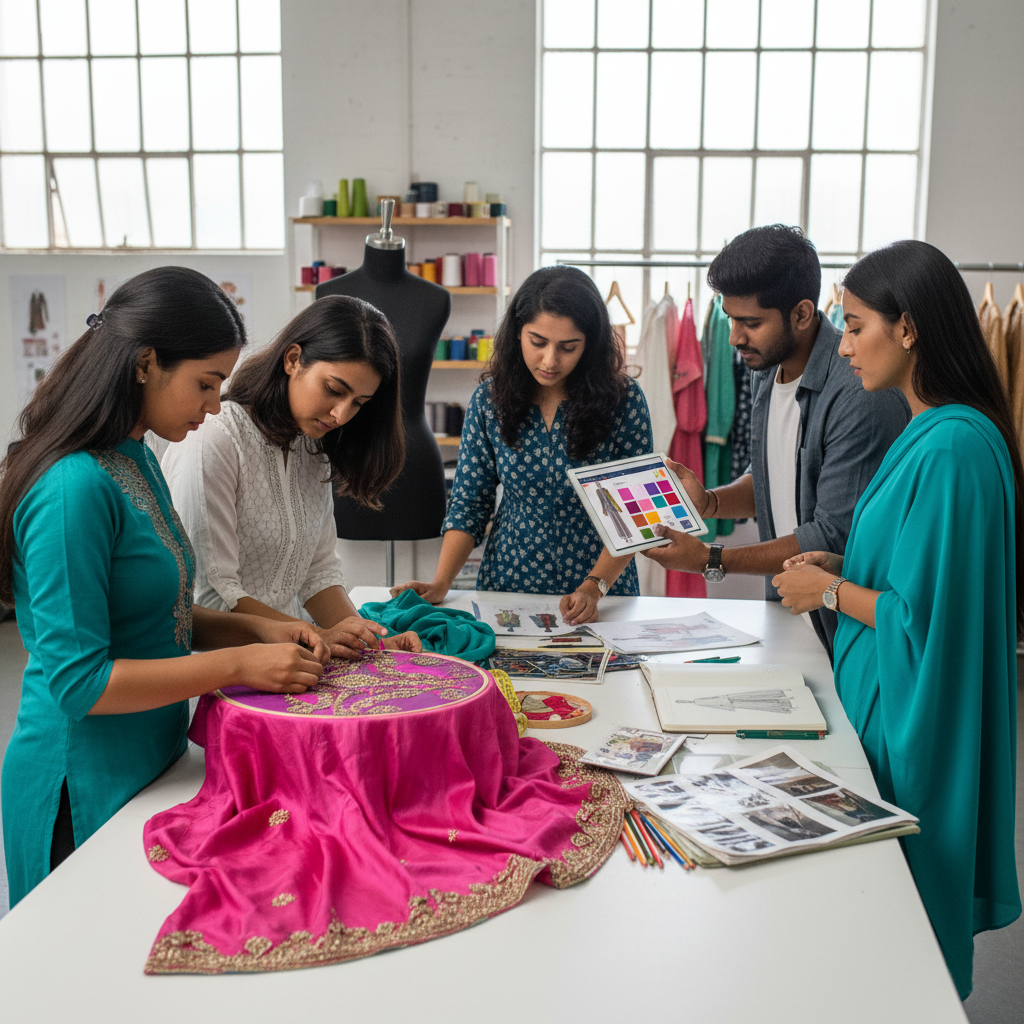Mixing patterns and textures in interior design can transform a space, adding depth, interest, and a unique personal touch. Mastering this skill is an essential part of interior design curriculum. In this article, we’ll explore practical tips for combining patterns and textures effectively, making your designs stand out.

Understanding the Basics: The Foundation of Design
Before diving into mixing patterns and textures, it’s crucial to grasp the basics. Interior Design Courses in Kolkata emphasize strong foundation in design principles. Students learn about balance, harmony, and proportion: combination of which is the key when working with varied patterns and textures. These principles ensure that your combinations are visually appealing and not overwhelming.
Start with a Neutral Base
A neutral base acts as a blank canvas, allowing patterns and textures to shine without clashing. Neutral colours like whites, beiges, and greys provide a calming backdrop that can anchor your design. Students are taught to use neutral tones to create a cohesive space that highlights the more dynamic elements of their designs.
Choose a Dominant Pattern
When mixing patterns, it’s essential to select one dominant pattern to serve as the focal point. This pattern will guide the rest of your design choices. For example, a large floral print on a sofa can set the stage for smaller, complementary patterns in throw pillows or rugs.
Play with Textures
Textures add another layer of complexity to your design. Mixing textures—like smooth silk and plush velvet—can enhance the tactile experience of a space. At reputed institutes like the Indian Institute of Fashion & Design, IIFD Kolkata, students learn to use textures to complement patterns, adding richness and dimension to their designs. For instance, a textured rug can ground a room with patterned wallpaper, creating a harmonious blend.
Layer Patterns and Textures
Layering is an advanced technique that adds depth and interest to your design. Start with your largest pieces, like rugs and furniture, and gradually add smaller patterned items, such as cushions and throws. Incorporate different textures at each layer to create a rich, multi-dimensional look.
Don’t Be Afraid to Experiment
Finally, don’t be afraid to experiment. Interior Design is as much about personal expression as it is about following rules. IIFD Kolkata encourages students to push boundaries and try unconventional combinations. Through trial and error, you can discover unique blends of patterns and textures that reflect your personal style.
Conclusion: Mastering the Art of Mixing
Mixing patterns and textures is an art that adds character and sophistication to any space. By following these tips and applying the principles learned at the Indian Institute of Fashion and Design, you can create visually stunning interiors. Whether you’re a student at IIFD Kolkata or a design enthusiast, mastering this skill will elevate your design projects and make your spaces truly stand out.



